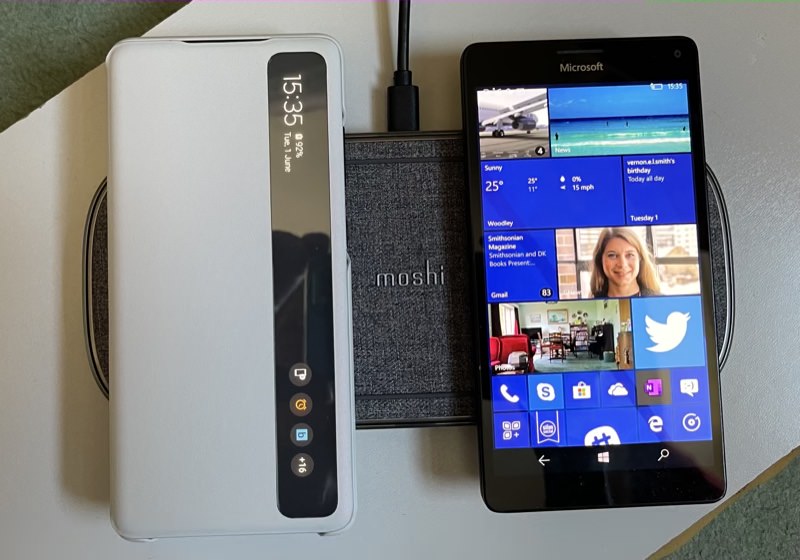
From the press release (PDF):
The Qi standard evolves to continue to ensure safety, interoperability and consistent user experience as power levels increase
The Wireless Power Consortium (WPC), a global standard development body for wireless power, today announced the release of Qi v1.3, the latest version of its Qi specification for smartphones and small mobile devices. As demand for faster charging of smartphones and small mobile devices accelerates, Qi v1.3 adds features and updates that make it easier for WPC’s member companies to develop products that are safe to use at higher power levels. Qi v1.3 introduces product authentication as a new safety feature, improvements in the compliance testing procedures that make it easier to develop interoperable and safer products.
“With more than 100 new Qi products certified every month, it’s important to make it easier to develop wireless charging products that are safe at high power levels and easy to use,” said Menno Treffers, Executive Director and CEO at Wireless Power Consortium, Inc. “These new features and improvements keep both these factors at the core of the Qi standard. Qi v1.3 allows us to ensure that increases in power levels do not come at the cost of consumer or device safety.”
...Foreign object detection (FOD) is a crucial component of the Qi standard. When metal objects like keys, credit cards, coins, cords, etc. are placed on Qi Certified chargers, the wireless charger detects these foreign objects and does not transfer power. This prevents overheating or other damages or safety risks. Qi v1.3 adds methods that increase the sensitivity of foreign object detection and reduce the probability of false positives. Improvements in the power loss calculation method, a pre-power transmission method and an improved description for Q-value based FOD method have been introduced to the standard. These help to ensure consumer and device safety, while maintaining a consistent and positive user experience.
I'd never considered 'foreign objects' between a phone and a charger, I'd never imagined a user being so silly or careless. But I guess it could happen and could be a fire risk. Regardless, it's good to see the Qi spec evolving. I was a fan back in 2012 with the likes of the Lumia 920 and Nokia pioneering (as usual), and I'm a fan of Qi to this day, as a quick and convenient way to top up a device.

